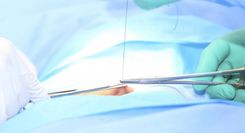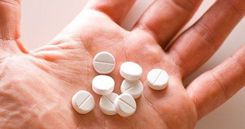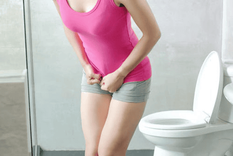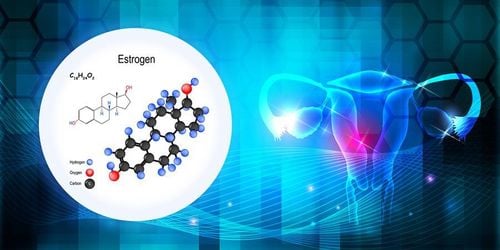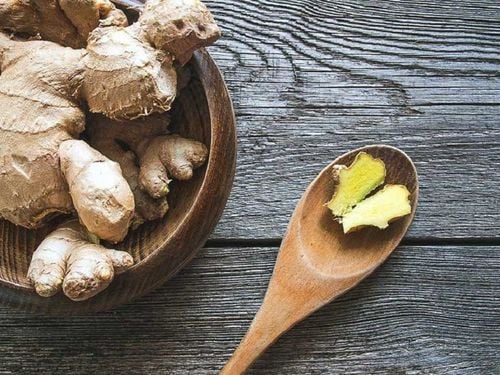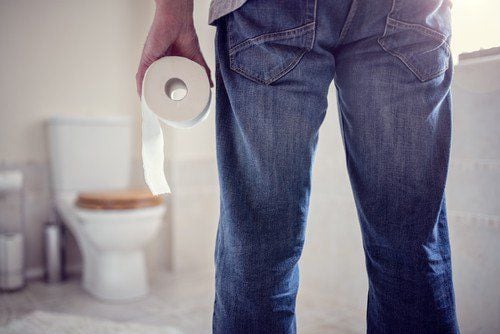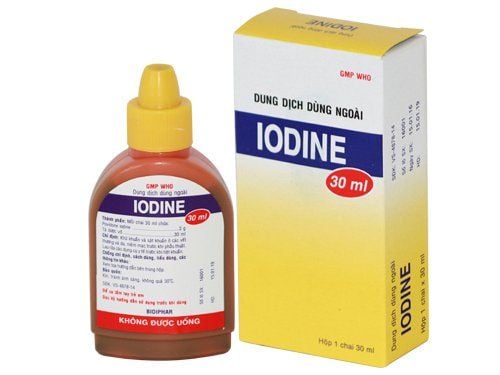Hair growth around the nipple is quite common, it is rarely a sign of an underlying health problem. However, if the hair growth is combined with other unusual symptoms, get checked to find the cause and treat it early.
1. What is the nature of breast hair growth?
Breast hair growth is generally not unusual. Initially, the hair is usually thin and fine. Then, with age and hormonal changes in the body, the hair can grow thicker and coarser.
The thickness of breast hair varies depending on race and skin type. For example, people with dark skin often have thicker breast hair than people with white skin.
2. Does breast hair change over time?
Breast hair can change over time as people age. For example, when you are a teenager, the hair around your breasts may not be noticeable, but as you get older, darker hair may start to make you notice it.
Breast hair color changes over time can be due to hormonal changes such as pregnancy or menopause. For example, during pregnancy, a spike in estrogen causes hair growth on the scalp, areola, and other areas. This hair growth is called anagen.
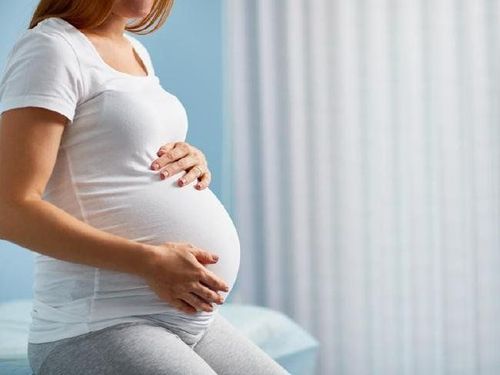
3. Is hair growth around the nipples a cause for concern?
Breast hair growth is usually nothing to worry about unless it is accompanied by other symptoms. Notably, increased male hormones, especially testosterone, cause hirsutism.
Increased testosterone is seen in polycystic ovary syndrome (PCOS), a condition caused by an imbalance of reproductive hormones. PCOS affects 1 in 10 women of childbearing age. In addition to the symptoms of hair growth on the breasts, polycystic ovary syndrome (PCOS) can also be accompanied by other symptoms such as:
- Changes or absence of menstrual periods
- Increased oily skin or acne
- Hair loss on the head
- Infertility
- Excessive hair growth in other areas such as the face
- Difficulty losing weight
In addition to PCOS, hair growth on the breasts can also be a sign of Cushing's syndrome with other symptoms such as:
- High blood pressure
- Red or round face
- Easy bruising
- Stretch marks
- Emotional problems
- Muscle weakness
- Fat accumulation on the chest, upper back, neck and abdomen
Medications such as oral steroids, testosterone, and immunotherapy drugs can also stimulate hair growth on the breasts. If you are concerned about hair on your breasts or experience any of the above symptoms, see a doctor for further advice.
4. Is it safe to remove breast hair?
The safest and least risky way to remove breast hair is to tweeze it. You can also get it removed at beauty salons that offer nipple hair removal treatments. This can be painful, so be prepared for it before hair removing.
Trying to shave off breast hair can cause cuts or irritation to the delicate skin of your breasts. There is also a risk of having thicker hair growth in the future and getting infections. Therefore, you should weigh the pros and cons before deciding whether to remove breast hair.
5. What not to do about breast hair?
Do not use Nair or other hair removal products on your breasts as they can cause swelling, infection, rashes and other side effects on the skin of your breasts.
If you have excessive hair growth around your breasts, talk to your dermatologist about more permanent solutions, such as laser hair removal. This involves inserting a needle into the hair follicle and using an electric current to destroy the hair at the root.
To arrange an appointment, please call HOTLINE or make your reservation directly HERE. You may also download the MyVinmec app to schedule appointments faster and manage your reservations more conveniently.
